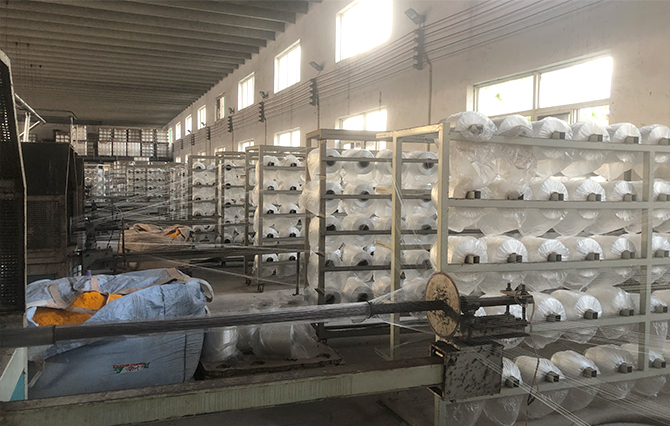ducting hose
Understanding Ducting Hose Applications and Benefits
Ducting hoses are versatile, flexible tubes designed to transport air, fumes, dust, and other materials in various industrial and commercial applications. Their unique construction allows for adaptability in diverse environments, making them an essential component in many systems where ventilation and airflow are crucial.
What is Ducting Hose?
Ducting hoses are typically made from material such as PVC, polyurethane, or rubber, depending on their intended use. These materials provide durability and resistance to wear, chemicals, and extreme temperatures. The hose designs range from smooth to corrugated surfaces, allowing them to expand and contract based on airflow requirements. Some hoses come with additional features like wire reinforcement, which adds strength and prevents collapsing under vacuum conditions.
Applications of Ducting Hose
The applications of ducting hoses are vast and varied. In the industrial sector, they are commonly used for exhaust extraction in workshops and factories, where dust, fumes, or smoke need to be removed efficiently. These hoses can connect machinery to extraction systems, ensuring a cleaner and safer working environment.
In HVAC (heating, ventilation, and air conditioning) systems, ducting hoses are essential for distributing air throughout buildings. They help maintain temperature control and indoor air quality by ensuring that air flows effectively from heating or cooling units.
ducting hose

In the construction industry, ducting hoses serve as vital components for dust control during renovations or demolitions
. They can be attached to vacuums to capture harmful particles, contributing to a safer work environment for employees and minimizing the impact on surrounding areas.Further, ducting hoses have applications in agricultural settings, where they are used for conveying air in greenhouses or transporting materials such as grains. The flexibility and lightweight nature of the hoses make them easier to maneuver in various setups.
Advantages of Using Ducting Hose
One of the primary benefits of ducting hoses is their adaptability. Their flexibility allows them to navigate around obstacles and fit into tight spaces, which is often necessary in complex systems. Additionally, the wide range of materials and constructions available means that there’s a ducting hose suitable for nearly every application.
Another significant advantage is the ease of maintenance. Most ducting hoses can be cleaned or replaced without extensive downtime, ensuring that operations can continue smoothly. Moreover, many manufacturers design their hoses to resist chemicals, UV rays, and abrasion, enhancing longevity and minimizing the need for frequent replacements.
Conclusion
In conclusion, ducting hoses are integral to modern industrial, commercial, and agricultural practices. Their flexibility, adaptability, and versatility make them indispensable for a wide range of applications, from air distribution in HVAC systems to dust control in construction. As industries continue to prioritize safety and efficiency, the importance of ducting hoses will only grow, ensuring they remain a key element of effective operational strategies. Whether in a factory, office, or agricultural setting, the role of ducting hoses in improving air quality and system efficiency cannot be overstated.
-
Top Quality Oxy Acetylene Hoses for Sale Fit for Welding DemandsNewsJul.28,2025
-
The Future of Pneumatic Air Tubes in IndustryNewsJul.28,2025
-
Superior and Reliable LPG Hose Pipe Solutions for Every NeedNewsJul.28,2025
-
Exceptionally Durable and Versatile Premium Braided PVC TubingNewsJul.28,2025
-
Best Adapters for Connecting Garden Hose to PVC Pipe ConnectionsNewsJul.28,2025
-
The Essential Role of LPG Hoses in Safe and Efficient Gas DistributionNewsJul.16,2025














